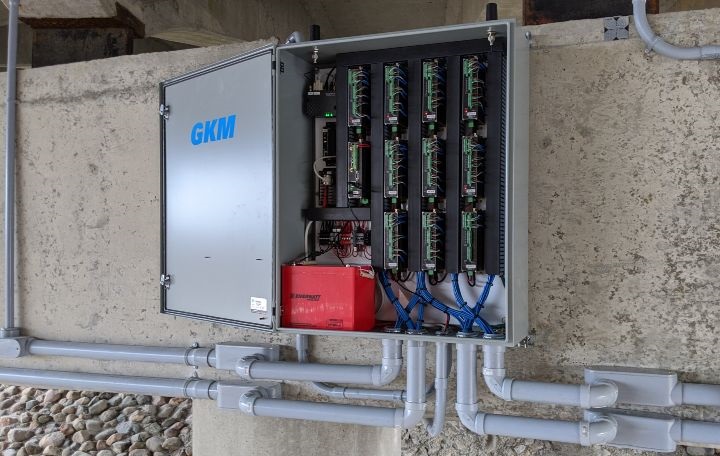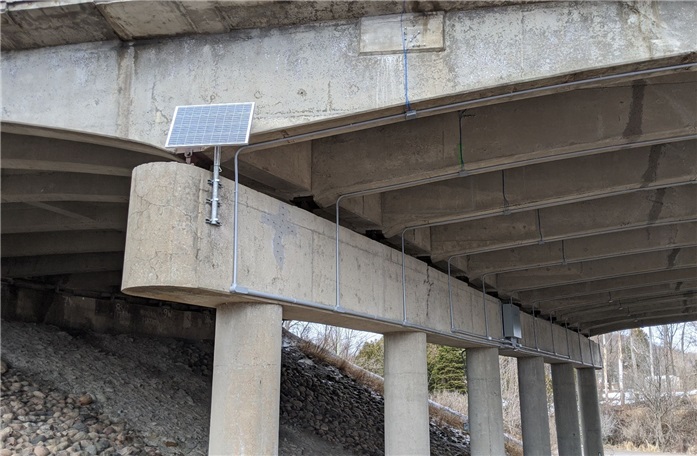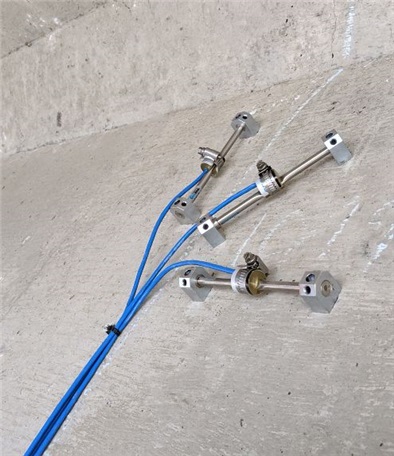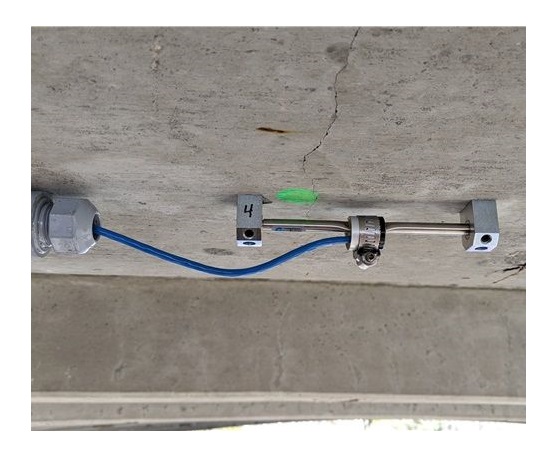Dynamic Data Acquisition and Logging System - DAQ Series
DAQ Series systems are used to enhance data collection in a wide array of project types, including noise and vibration monitoring, structural health monitoring, and research and development.
Built from components supplied by leading manufacturers, these data loggers are tailored to each application and open a new window into analyzing the state of critical structures and infrastructures. They are rugged, reliable, and can add value to any project.
Why use the DAQ Series ?
The DAQ Series data loggers are designed to acquire and store data from many types of instruments at a high sample rate. Standard structural health monitoring or geotechnical monitoring require only a few measurements per day due to slow changing parameters. However, some behaviours cannot be adequately followed with regular monitoring, such as sensitive clays that can be subject to bursts of overpressure after a blast or of railway tracks that can develop fatigue due to poor ballast quality. These effects can only be quantified using dynamic data acquisition synchronized with external events. The DAQ Series offers smart acquisition: it allows for acquisition rates that can be changed according to events, it can control other systems such as pumps or cameras, or it can receive external triggers to acquire high-speed data.
How do they work ?
A DAQ Series is built from Campbell Scientific Granite platform and allows for the simultaneous collection of multiple instruments. This data can then be stored in the expandable on-board memory as well as transferred over the Internet to a secure remote storage location.
Example applications
Railway monitoring
Railway tracks that are subject to freeze-thaw cycles may be poorly supported and develop fatigue over time. Installing strain gauges at susceptible locations and monitoring at a high frequency make it possible to estimate changes in the hardness of the rail over time and intervene before critical failure occurs.
Structural health monitoring
Large steel structures such as cable-stayed and steel truss bridges have natural modes of vibration that can be monitored to help detect defects and signs of fatigue over long periods of time. This application requires high-speed data acquisition and advanced calculations to extract the spectral response of the structure.
Sensitive soils
The structural integrity of sensitive soils can cause landslides, sensitive clays or peatlands can be compromised by short and intense events such as blasting, seismic events or the passage of heavy vehicles. Measuring real-time transient overpressures and deformation makes it possible to obtain a thorough understanding of the soil.
Specifications
Compatible instruments
All vibrating-wire instruments
Geophones
Strain gauges
Accelerometers
Extensometers
Sampling frequency
Up to 1 kHz
Power
Up to 6W. Highly dependent on acquisition frequency, communications and instrument choice.
Temperature range
-55 °C + 75 °C









